Prague - December 6, 2012
Oron Catts & Ionat Zurr present their paper within the panel Liminal Lives: Life in the Age of Permanent Bio-transgression at International conference MutaMorphosis in Prague, Czech Republic.
Biologists know that in order to achieve some level – if very limited – of control over living systems, life need to be isolated and reduced as much as possible; often to the point that the components of these biological systems cannot function and be understood in their original context. In other words life is a context dependent and therefore living materials will act and respond through its milieu – in that sense the material is vital.
In recent scholarly discussions an interesting phenomenon is emerging: The further life is being instrumentalised; isolated from its original context and become a product for human manipulation; matter, whether living, semi living or non-living, is attributed with vitality and agency in what some refer to as “new materialism”(Gilles Deleuze, Manuel de Landa, Jane Bennett and more). These phenomenon are complementary as much as contradictory; more than anything it further blurs the perceptual (and technological) boundaries between what we consider living, semi living and non-living.
One of our recent pieces Crude Matter concerns with the importance of the substrate – the context – for life; the context is vital to life development and differentiation as much as, if not more than, the genetic code. Lately there is a growing realisation that this differentiation depends very much on the extra cellular matrixes on which these cells are growing; even a subtle change in substrate consistency will have a fundamental effect on the cells plasticity and the lineage they will take. In the paper titled ‘Substrate stiffness affects early differentiation events in embryonic stem cells’ Evens at el demonstrate how the mere changes in the stiffness of the substrate (PDMS) will change the path of differentiation of stem cells into different types of tissue such as bone, fat etc.
Loosely based on the story of the Golem (literally means “crude” “unshaped”) we are exploring the “alchemy like” transformation of materials into active substrates which have the ability to act as surrogates and upon life. The story of the Golem described the emergence of life from inanimate matter (mud); life that was forceful but brute and could be precariously shaped for different purposes and intentions. Some say that the body (or the clay dust remains) is still in the attic of the New Old Synagogue of Prague. Our aim is to explore, in a poetic way, and bring back into the forefront the materiality of life in context. This is to differ from the hegemony of the metaphor of life as a code, and the following postulation that life can be controlled. Drawing on historical references taken from the middle ages, we would like to look at engineered life that is on the edges of the what we consider animate or in animate – and provide it with some sort of agency, even if symbolic.
- Tags:

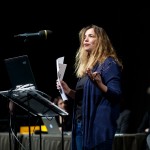
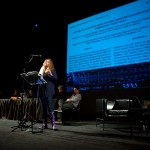
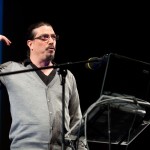

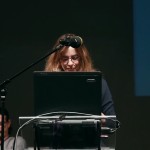
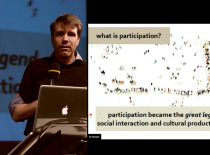
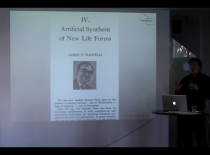
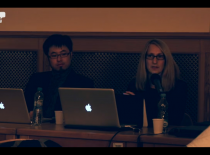
 Copyright © 2025 ARTISTTALK. All Rights Reserved.
Copyright © 2025 ARTISTTALK. All Rights Reserved.
0 Comments
You can be the first one to leave a comment.